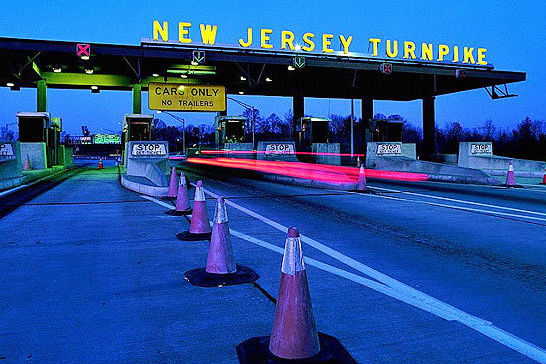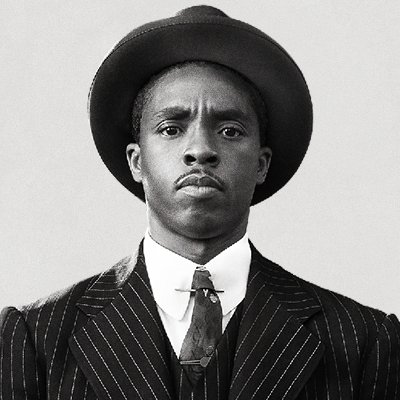
The future was on my mind a lot this week, probably because several stories were arguing for its importance and vulnerability.
Some of it was the mid-term election, which the press kept reminding us was about choosing our political future, as if we’d be able to get it right or wrong in one fell swoop. Now with the hype behind us, it looks like all we’ve done is kick the can down the road.
Then there was the centenary of “the Great War,” and all the future-talk back then. “Making the world safe for democracy” was what Woodrow Wilson promised as he navigated us from continental isolation to European battlefield that first time, going back again 20 years later, and on to Korea, Vietnam, and Iraq. It’s what keeps us in the tribal mess of Afghanistan today–maybe safer, but not quite safe.
What am I voting for, fighting for, working for if not for what I hope? Is it to be safer tomorrow? To make one thing better? To change even more about the world than that? So far this week, 2018 seemed an ill-suited time to build much confidence in the future.
But then came the future as apocalypse. A place that its Gold Rush settlers had called “Paradise” was incinerated, burning many of those who were living there today beyond recognition. The future for the survivors who remained was also stripped bare: of homes, belongings, neighbors, pets, of familiarity and routine.
Still, a less blackened way to think about the future came from what happened next. It was not a government rescue or a swell of self-reliance, because most of the survivors live on fixed or limited incomes, with little fat to fall back on. Instead it was how quickly people in nearby towns moved beyond “the transmission of thoughts and prayers” to an outpouring of generosity.
In another irony for Paradise, just when their hopes for the future seemed obliterated a new community gathered around those who remained–even as more wild fires continued to bloom in the east. This short video clip captures some of the outpouring this week, dressed (either improbably or not) as a Sexy Panda food truck.
Regular people recognized themselves in their neighbors’ tragedy and spontaneously gathered to start building their future together, not by offering “pies in the sky” from afar but in a Walmart parking lot where displaced families had fled and are still living out of their cars. FEMA, the National Guard, and “the local authorities” may think they know better, but a future that’s worth having is usually created when one capable person cares for another.
As Rebecca Solnit writes in Hope in the Dark: Untold Histories, Wild Possibilities:
much societal effort goes into withering us away from [our] fullest, most powerful selves. But people return to those selves, those ways of self-organizing, as if by instinct when the situation demands it. Thus disaster is a lot like a revolution when it comes to disruption and improvisation, to new roles and an unnerving or exhilarating sense that now anything is possible.
As if by instinct, some of that improvisational euphoria was visible in Walmart’s parking lot this week. The helpers felt empowered by their involvement while the survivors found the ability to tap into their own reserves of autonomy and generosity, telling me and everyone else who was listening that “We will make it.”

Over the summer, National Public Radio launched an occasional series where it asked listeners to identify songs that were “the most uplifting in their experience.” This week, NPR profiled one of them, Simon & Garfunkel’s “American Anthem,” and recorded listener reactions while the song played in the background. When I caught the Morning Edition segment over coffee, I was overtaken by the wistfulness in its college-boy lyrics and ethereal delivery and by how others still felt it too.
Cathy, I said as we boarded a Greyhound in Pittsburgh
Michigan seems like a dream to me now
It took me four days to hitchhike from Saginaw
I’ve gone to look for America…Cathy, I’m lost, I said though I knew she was sleeping
And I’m empty and aching and I don’t know why
Counting the cars on the New Jersey Turnpike.
They’ve all come to look for AmericaAll come to look for America
For me, the song transports because you can feel the movement of the bus in its rhythms and catch glimpses of the country not as a whole but in its particulars: Pittsburg, Saginaw, the New Jersey Turnpike.
As a people, we are also more interested in where we’re headed than in where we’ve been. So I wasn’t surprised when one listener said: “For me, getting to know America is more about the questions that we ask than the sort of sureness that we might reach in our own experience,” or that another added: “I think all of us are still searching for America and hoping to find it and define it and give it meaning. And we all do that in our own way.” In this gem of a song, “looking for America” is looking for the future and wanting (so very, very hard) to believe in what we will find.
In Earning the Rockies: How Geography Shapes America’s Role in the World, Robert Kaplan was also “looking for America” when he set out on his road trip across the country a couple of years ago. He tells us he found it near the border between Nebraska and South Dakota when he visited Mt. Rushmore. This is what he saw there:
Washington, Jefferson, Lincoln and Theodore Roosevelt: the four greatest presidents at the time of the 150thanniversary of American independence in 1926, when [Gutzon] Borglum [the sculptor] began his work here. The granite insures that the work will stand undiminished for at least a thousand years. After I have driven across the continent into the wilderness, Mount Rushmore offers me revelations in person that all the photographs of it cannot. For Mount Rushmore overwhelms precisely because of where it is located, not on the Capitol Mall but atop a mountain in the West, part of the original Louisiana Purchase, bearing the promise of the continent that was the upshot of pioneer optimism. An optimism that, in turn, was driven by democracy and the breaking down of European elite systems that these four presidents did so much to originate and secure. The culmination of the American story—one that Washington and Jefferson began—has more to do with the West than the East.
These carvings, despite their inhuman size, are strangely not oppressive or totemic. They do not intimidate or call to mind some tyrannical force. There is light and not darkness in the eyes of these presidents. Each is looking into the future, it seems…The result…is a myth of light that puts into some tragic perspective…the darkness rained [by white settlers and soldiers] on the native inhabitants and their way of life in these same hills. (the italics here are mine)
For Kaplan, it is in the tension and contradiction between America’s loftiest ideals and its worst inclinations that hope in the future lies. In another irony, he finds the confidence that can ultimately win out in a popular gathering place a few miles away.
[I]n the adjacent tourist trap of Keystone, South Dakota, many of the waiters and waitresses are from places as diverse as Ukraine, India, Nepal and so on. They are trying to make it and stay in America—yes, still the land of opportunity. Whereas at the [Mount Rushmore] viewing terrace there was whispering and outright silence, here the tourists—who include immigrants from Asia and Latin America—are all chattering away, exchanging notes and competing with one another to tell just how far and through how many states they traveled in order to get here. The license plates in the parking lots are from every part of the country. Keystone, snaking and ramshackle, is like a vast hostelry at an ancient pilgrimage site. The great and nearby monument has shown them what they all have in common.
I see the arc of my journey here. It has purpose. There is nothing eccentric about driving slowly for weeks on end, from one side of the continent to the other. Keystone reveals to me exactly what I am doing, since what I am looking for actually exists.
At a time when we are criticizing many of our monuments, this may seem a odd moment for Kaplan to celebrate one of them. But at their best, a country’s monuments can be symbols not of oppression or hypocrisy but of aspiration. They can say: despite its contradictions, America is still trying to grapple with its complicated legacy and to discover a hope-filled future where the frontier still stretches out in front of it.

Like the new and recent Americans who were celebrating their commonality in Keystone South Dakota, there are always opportunities to ground our hopes.
Without the talking heads in the media, the “thought leaders” in universities and think tanks, or (really) any of the elites awakening us to what seems “right” or “necessary” to them, we can declare our hopes by driving to wherever someone whose humanity we recognize needs us right now.
As John Berger, one of my heroes, has said: “hope is not a guarantee for tomorrow but a detonator of energy for action today.” It is a way to escape the daily distractions that anesthetize us, to battle our cynicism or despair, and to claim the practical, close-to-the-ground confidence in the future that drives all good work.
This post was adapted from my November 18, 2018 newsletter.


